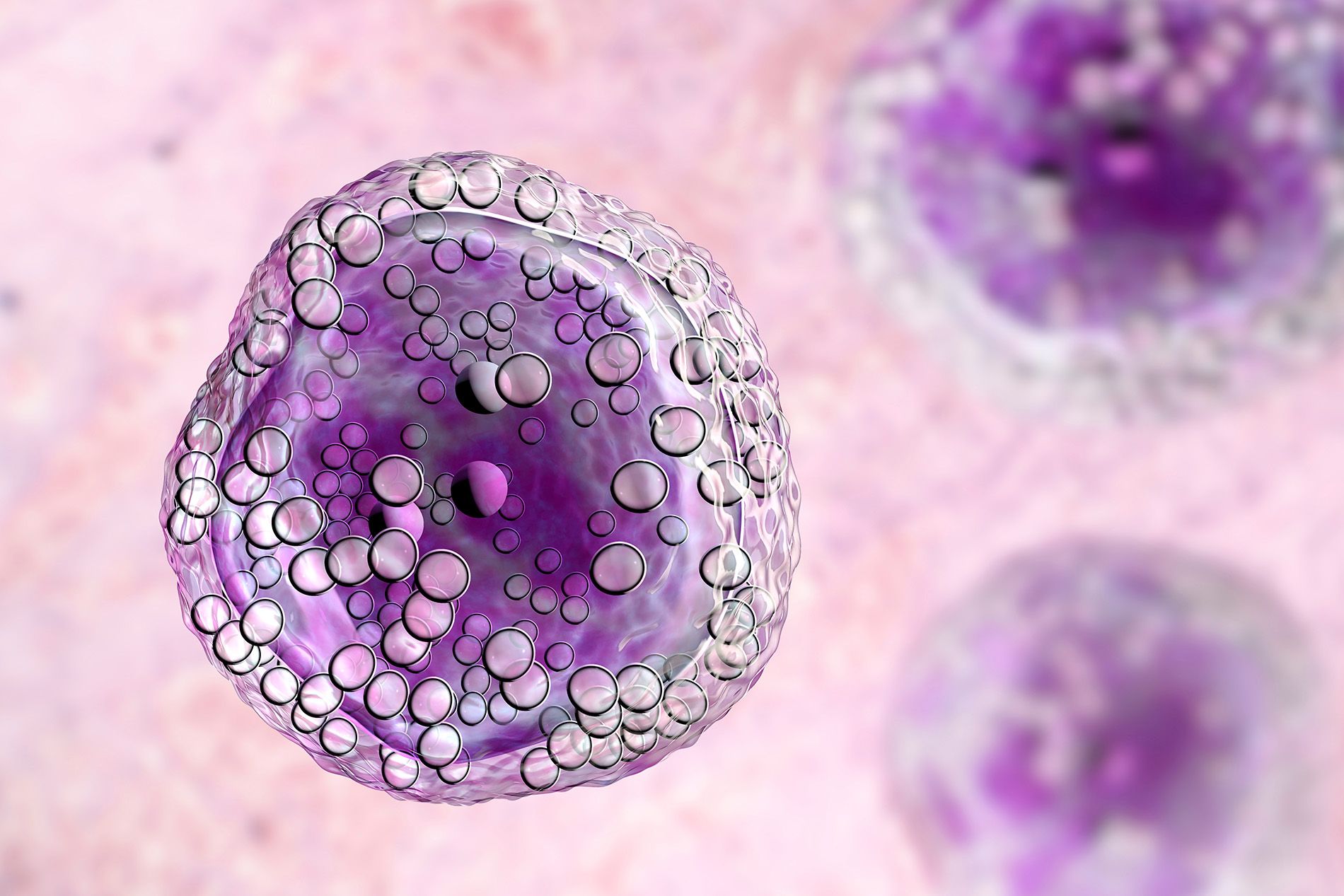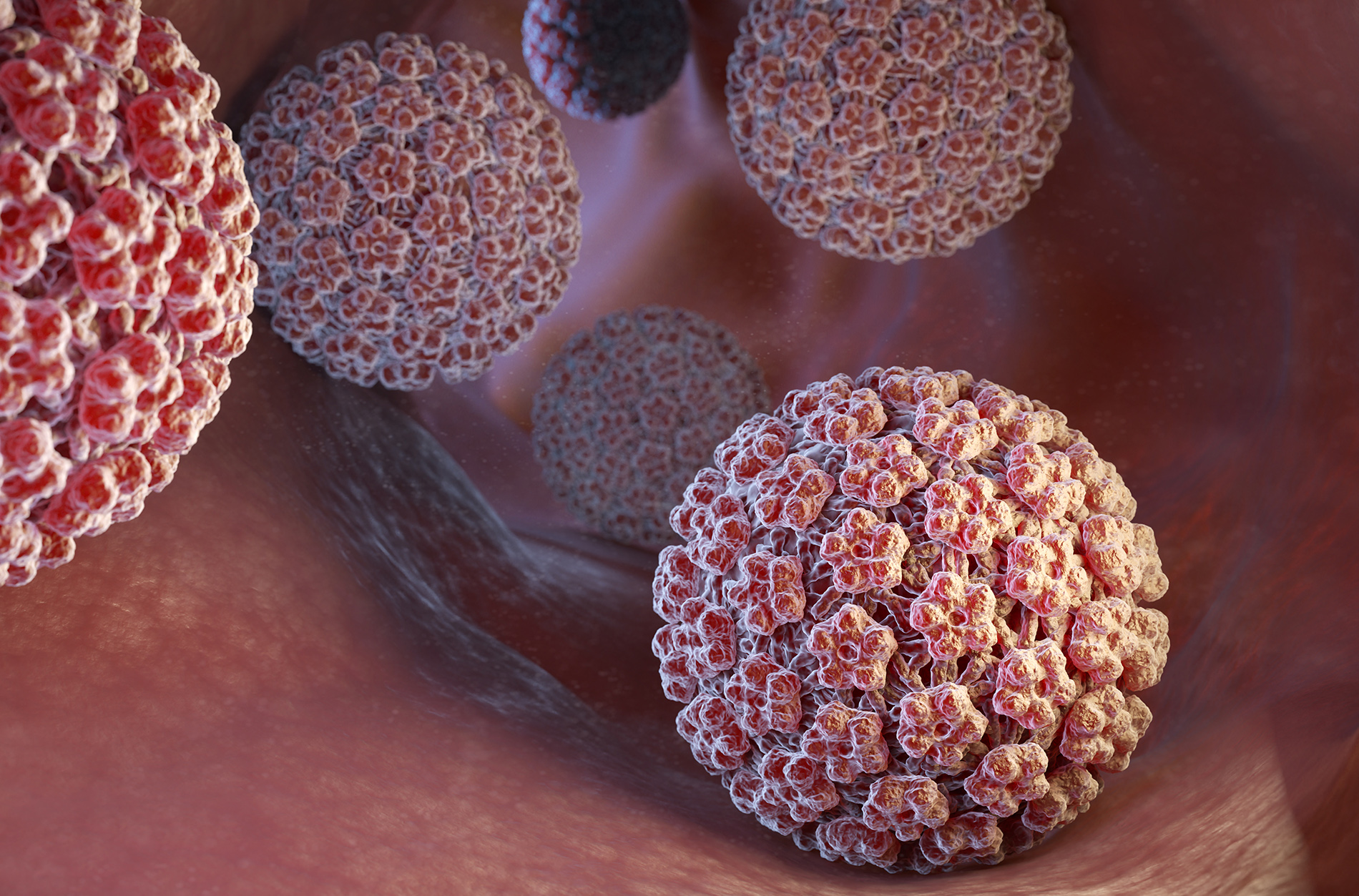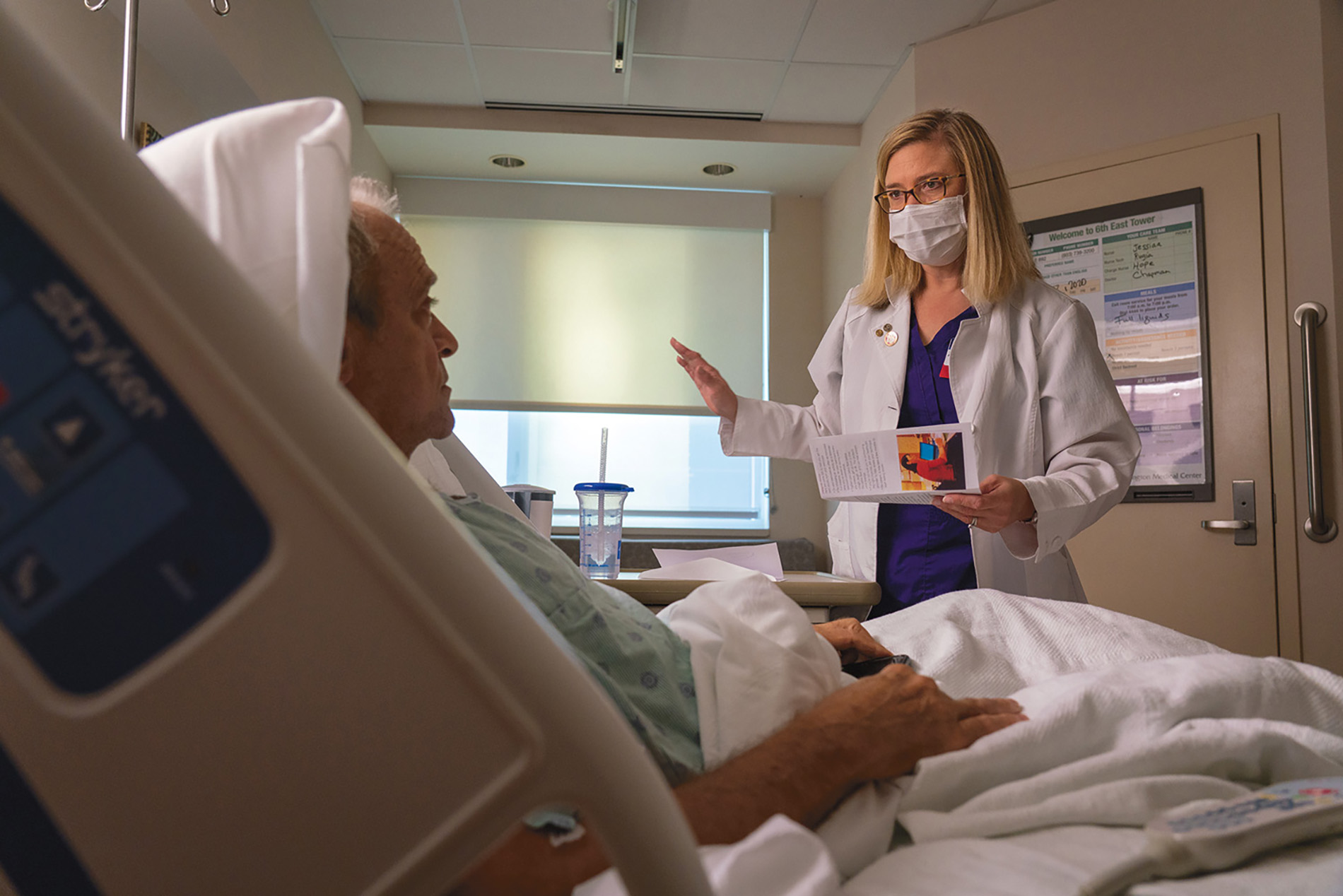Lymphoma is a broad term for cancer that begins in cells of the lymphatic system, which is part of the body's germ-fighting network. The lymphatic system includes the lymph nodes (lymph glands), spleen, thymus gland and bone marrow. Lymphoma can affect all those areas as well as other organs throughout the body. Hematologist/oncologist Amanda Bilko, MD, with Lexington Medical Cancer Center, answers questions about this highly variable form of cancer.
What are the types of lymphoma?
While multiple kinds of lymphomas exist, we can group them into a few broad categories based on the specific source or type of cancer cell. These cells typically arise from infection-fighting cells such as B-cells, T-cells or NK cells. These cells usually help with immune response and recognition of infection. One common way of separating lymphomas from B cells is determining if they are Hodgkin's or Non-Hodgkin's Lymphoma.
Who is most at risk for developing lymphoma?
There are multiple known risk factors because there are many types of lymphoma. Some general risk factors include infections, such as HIV or Epstein-Barr virus. Those who are immunocompromised are also at greater risk. Certain lymphomas are also related to risk factors like obesity or cigarette smoking.
Lymphomas develop due to the cancer cell developing specific genetic mutations that build up over time. These mutations either make the cancer cell divide and grow more efficiently or make it harder for the cell to die. Physicians can also use these genetic mutations to help identify the kind of lymphoma.
What are the symptoms someone may notice?
Lymph node swelling and fatigue are typical symptoms of lymphoma. When evaluating lymphomas, we also look for "B symptoms," which include:
- Frequent recurrent fever with a temperature greater than 100.4F (38C)
- Unexplained weight loss of >10% body weight over six months
- Drenching night sweats, where a person might be changing shirts or sheets daily
How is lymphoma diagnosed?
We commonly diagnose lymphoma by taking a biopsy of a lymph node, most often removing the entire lymph node. This helps us evaluate different aspects of the lymph node to determine a person's exact type of lymphoma. Examples of those various aspects might be the kind of cancer cell involved, where the cancer cell originated in the lymph node, or what kinds of special markers we detect on the cancer cell. Answering these questions helps guide treatment decisions for the patient.
Patients evaluated for lymphoma will also have a PET scan to help find all the areas where the lymphoma is present, which helps us determine the stage of the cancer.
What are the treatment options for each type?
There are multiple treatment options for the various types of lymphomas, but there are three general treatment "buckets." The first is chemotherapy. Combinations of chemotherapy drugs make up the backbone of modern lymphoma treatment. Chemotherapy can be considered the "least specific" kind of cancer treatment.
The second type of treatment often used to treat lymphomas is monoclonal antibodies. These are agents designed to affect specific kinds of cells because they attach to the unique "markers" on a cancer cell. This is a targeted therapy because it works primarily against the cancer cell and the cells the cancer cell came from. For example, Rituximab targets cancer cells that derive from B-cells and targets a specific marker on B-cells.
A third treatment option often used in lymphomas is immunotherapy, another targeted treatment that helps the patient's immune system find and attack the cancer cell.
What is the prognosis for HL and NHL?
The prognosis varies based on the specific type of lymphoma. Generally, we determine the prognosis based on two factors: cancer-specific factors and patient-specific factors. Some cancer-specific factors might be the cancer stage, the locations involved, or the cancer's size. Patient-specific factors include age or performance status, which helps determine the type of chemotherapy a patient can tolerate.
Generally, prognosis is better for lower-staged than higher-staged disease and is better for a healthier patient than a less healthy patient.

Amanda Bilko, MD, Lexington Medical Cancer Center





![ScreenShot for Blog[62] Steve and Mamie Turner on the beach with their dog](https://blog.lexmed.com/images/librariesprovider80/blog-post-featured-images/screenshot-for-blog-62.jpg?sfvrsn=36ab6f0a_0)




Leave a comment